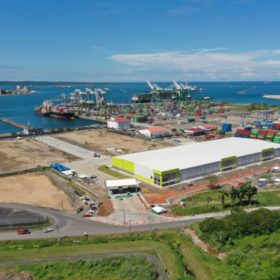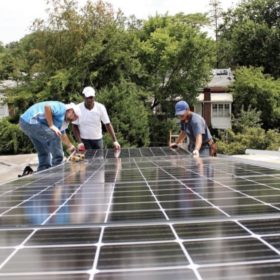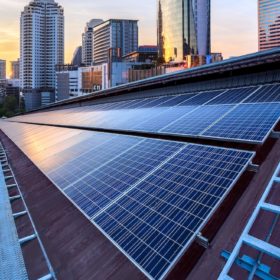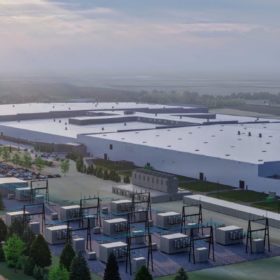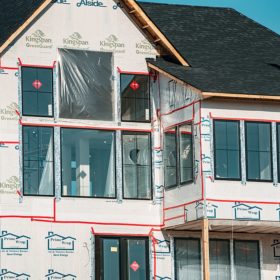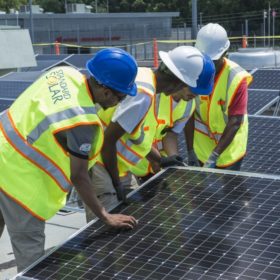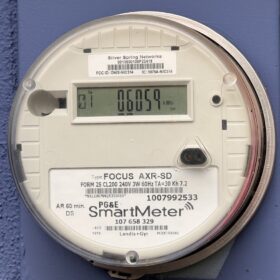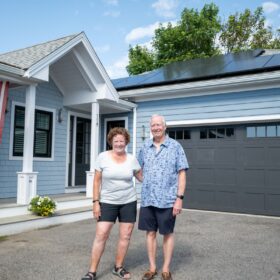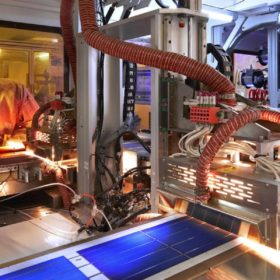Manchin and Democrats reach $370 billion energy and climate deal
Senator Joe Manchin (D-WV) announced his support for a new reconciliation package named the Inflation Reduction Act of 2022, which includes billions in spending for clean energy.
Universal Solar to open 600 MW solar module factory in Panama
The US module provider said the panels produced at the facility will be 100% compliant with the US Commerce Department’s Withhold and Release Order on Hoshine silicon.
White House announces solar initiatives to reduce electricity bills, create clean energy jobs
The Biden-Harris administration launches low-income energy assistance program and funding to support careers in solar energy in underserved areas.
EnergySage adds solar financing for businesses
The informational site partnered with Sunstone Credit to link commercial customers with solar financing options.
LG Energy Solution plans to boost revenue through joint ventures, batteries, smart manufacturing
In the Q2 earnings call, LG reported a drop in revenue from Q2 2021 but aims to achieve double-digit profit margin in five years.
Enphase delivers robust Q2 revenues backed by its IQ8 solar microinverter
The company issued strong guidance for Q3 as its revenues and earnings per share beat estimates.
DOE aims for wide adoption of the latest energy efficiency codes for new buildings
Energy efficient buildings, which are part of a least-cost strategy for 100% renewables, are being promoted through a $225 million program designed to accelerate adoption of the latest building energy codes by states and cities.
Solar powered electric lawn mowing
Perhaps in anticipation of California’s coming ban on small combustion engines, battery powered electric lawn mowers have begun to appear in the market. At least one model can be purchased with built-in solar power.
People on the Move: CCSA, Pfister Energy, and more
Job moves in solar, storage, cleantech, utilities, and energy transition finance.
Sunrise brief: National Solar Jobs Census finds that solar jobs increased 9% nationwide in 2021
Also on the rise: New home battery can provide backup power as well as smart time of use charging/discharging. Connecticut to allow distributed resources to compete with distribution grid upgrades. And more.

